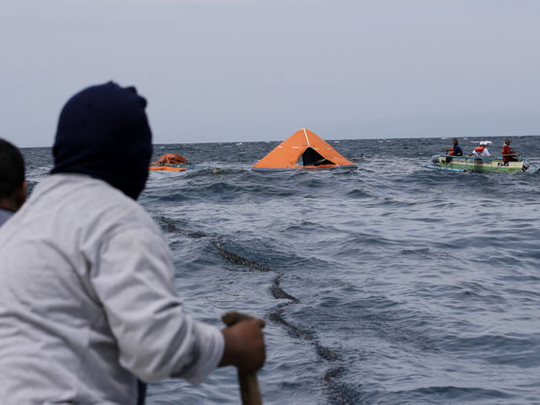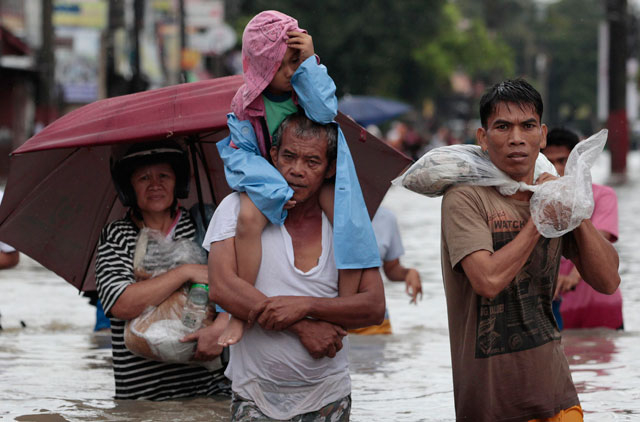
Manila: Fifty two people were confirmed dead while 68 others remained missing after a ferry disaster off Cebu, central Philippines on Friday night, said a disaster official.
Some floating bodies were found, raising the number of identified people who were killed when the St. Thomas Aquinas ferry collided with a cargo ship on Friday night, which resulted in the sinking of the passenger ferry that carried a total of 751 passengers and crewmen near Cebu City last Friday, said an official of the National Disaster Risk Reduction and Management Council (NDRRMC) who requested for anonymity.
The bodies were seen by fishermen, and towed by members of the Philippine Coast Guard and the Philippine Navy, said the same source.
Rescuers are trying to enter the sunken passenger ferry, located 38 metres under the sea, the source said.
Meanwhile, fishermen on small bancas remained waiting, their eyes peeled for floating bodies and floating objects that might carry survivors, said the source.
Passenger ferries are popularly used in the archipelagic Philippines. But lax regulatory system and bad weather often result in sea accidents.
Officials believe many of the missing were trapped in the ferry, which lies on the seabed about 30 metres deep.
Town coastal patrol watchman Zaldo Cabao-cabao, 37, said he had been assigned to find survivors and collect the dead.
“We saw this man floating on the water near the site of the accident. We decided to tow him because our boat is small and there is barely enough room for the four crewmen,” he told reporters as he brought the body in.
Cebu coastguard commander Weniel Azcuna said coastguard and navy divers had found bodies trapped in the debris near the ferry, but had not been able to penetrate the interior of the ship due to unfavourable weather.
As hope of finding more survivors faded, the government began concentrating on another problem: bunker fuel oil leaking unchecked from the ferry which was polluting nearby fishing grounds and beach resorts.
Authorities said the ferry was carrying 120,000 litres of bunker fuel when it sank.
Malayan Towage, a company hired by the ferry operator to contain the oil spill, had told the coastguard that up to a quarter of the oil had already leaked out, Azcuna said.
The ferry operator, 2Go Travel, said two tugboats had been deployed with cleaning equipment like an oil boom, an oil skimmer, cleaning pads and chemical dispersants.
Teodulo Jumao-as, 53, head of a local fishermen’s association, said about 1,000 fishermen from the nearby town of Cordova had been affected.
“We can’t catch any fish because our nets get fouled up with oil, and the fish swim away. Those who dive and spear fish are also affected because they end up ingesting oil,” Jumao-as said.
“We call on those who caused this oil spill to help us. They were the ones who spilled this oil that is preventing us from fishing.”
With inputs from agencies













